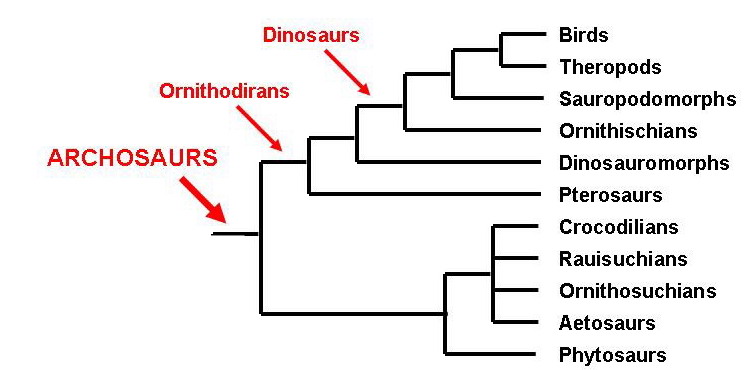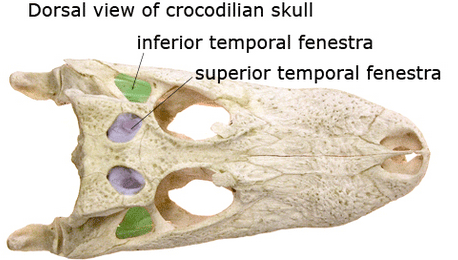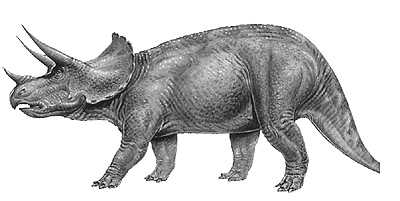Archosaur Air Conditioning

Today on DrNeurosaurus I want to talk about a [study] that came out in July of this year, but has recently been going around the media. This isn’t the typical study I talk about where some new fossil is discovered and described and celebrated for its novelty (new-ness) and scientific value. This is a different kind of study.
The authors wanted to take a closer look at a structure in the head of many archosaurs. You might remember archosaurs from other posts – they’re a group of animals that include the living crocodylians and birds, their ancestor, and all of its descendants:

All of these animals have openings in the top of the skull, that previous scientists thought were home to jaw muscles. The authors looked at these openings in over 100 specimens of lizards, turtles, crocodylians, and birds using CT, MRI, dissection, and other methods.

They found that in many cases, the openings didn’t have muscles all the way through. Instead, the openings contained blood vessels just under the skin. When the authors looked at extinct animals like non-avian dinosaurs and extinct crocodylians, they did not find any evidence of muscles in those locations. Using comparison to living animals, they suggest that these openings housed blood vessels instead. But for what purpose?
Well, that depends on the animal. In animals with display structures like frills, those blood vessels could provide nutrients to the structure.

In animals without those structures, the blood vessels would act as a way to regulate their body temperature. To test this, the authors used thermal imaging cameras to take photos of living crocodylians. They found that those openings were cooler than the body in hot temperatures, and hotter than the body in cool temperatures. This suggests that their hypothesis (idea) has support!

Using lots of specimens and imaging methods, the authors were able to discover something completely new about animals we’ve known for a long time, including ones living today!